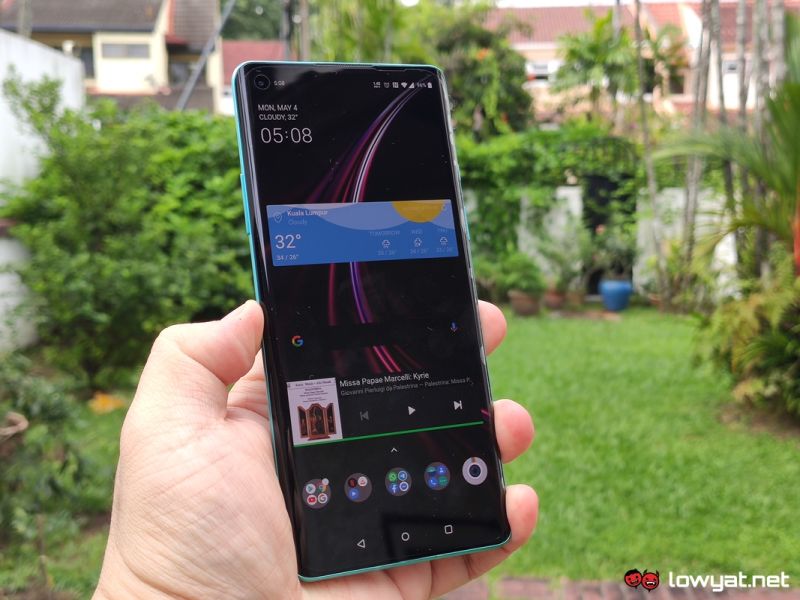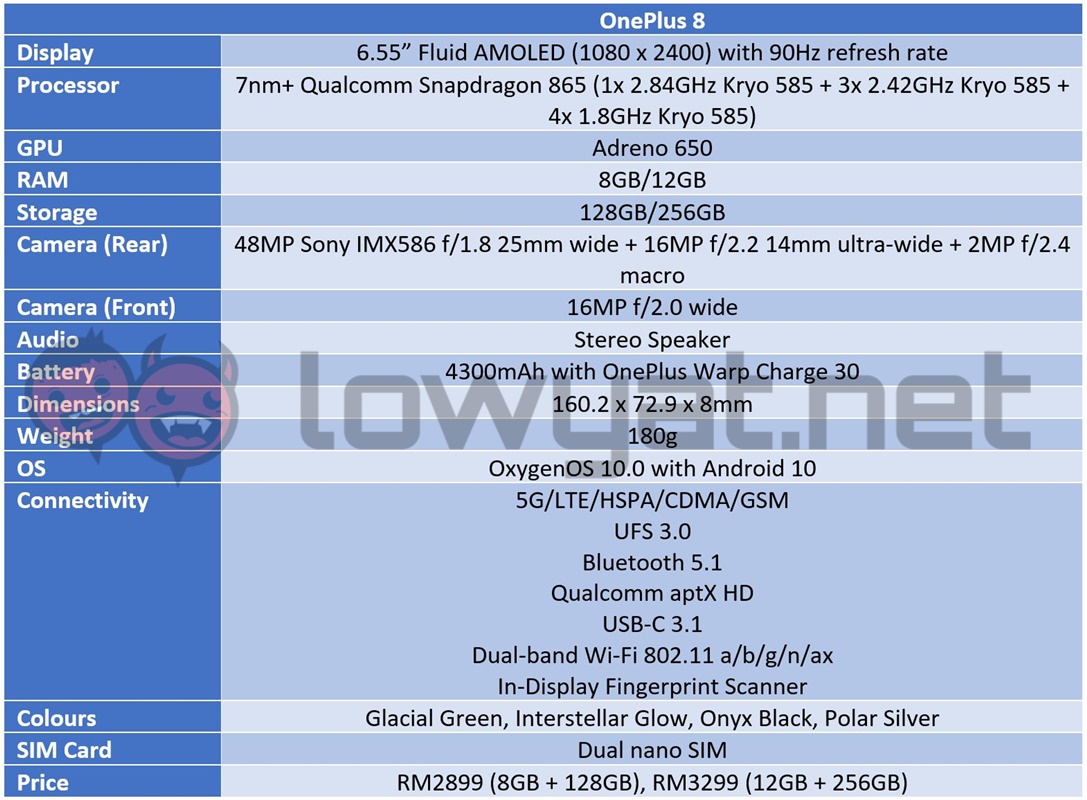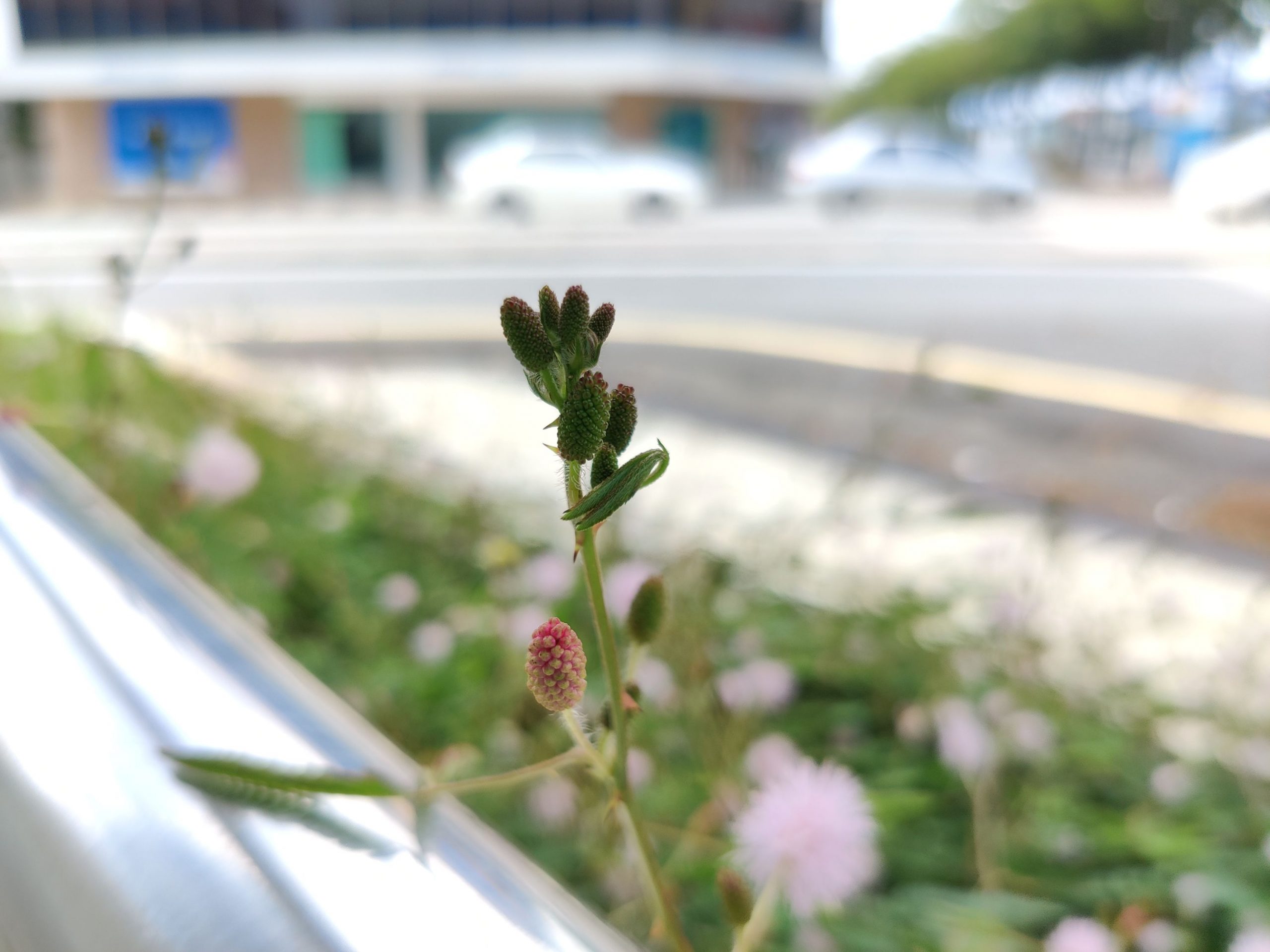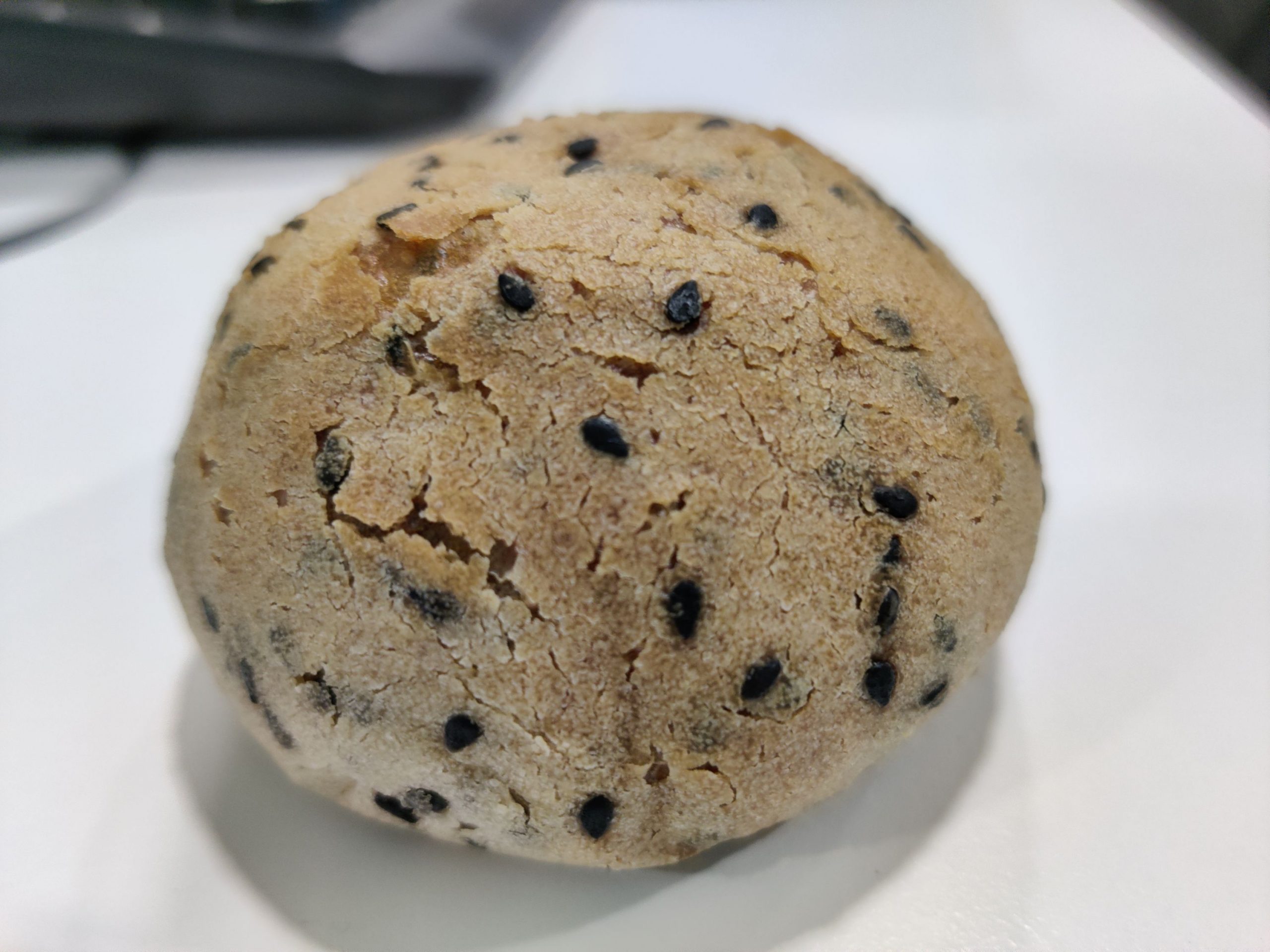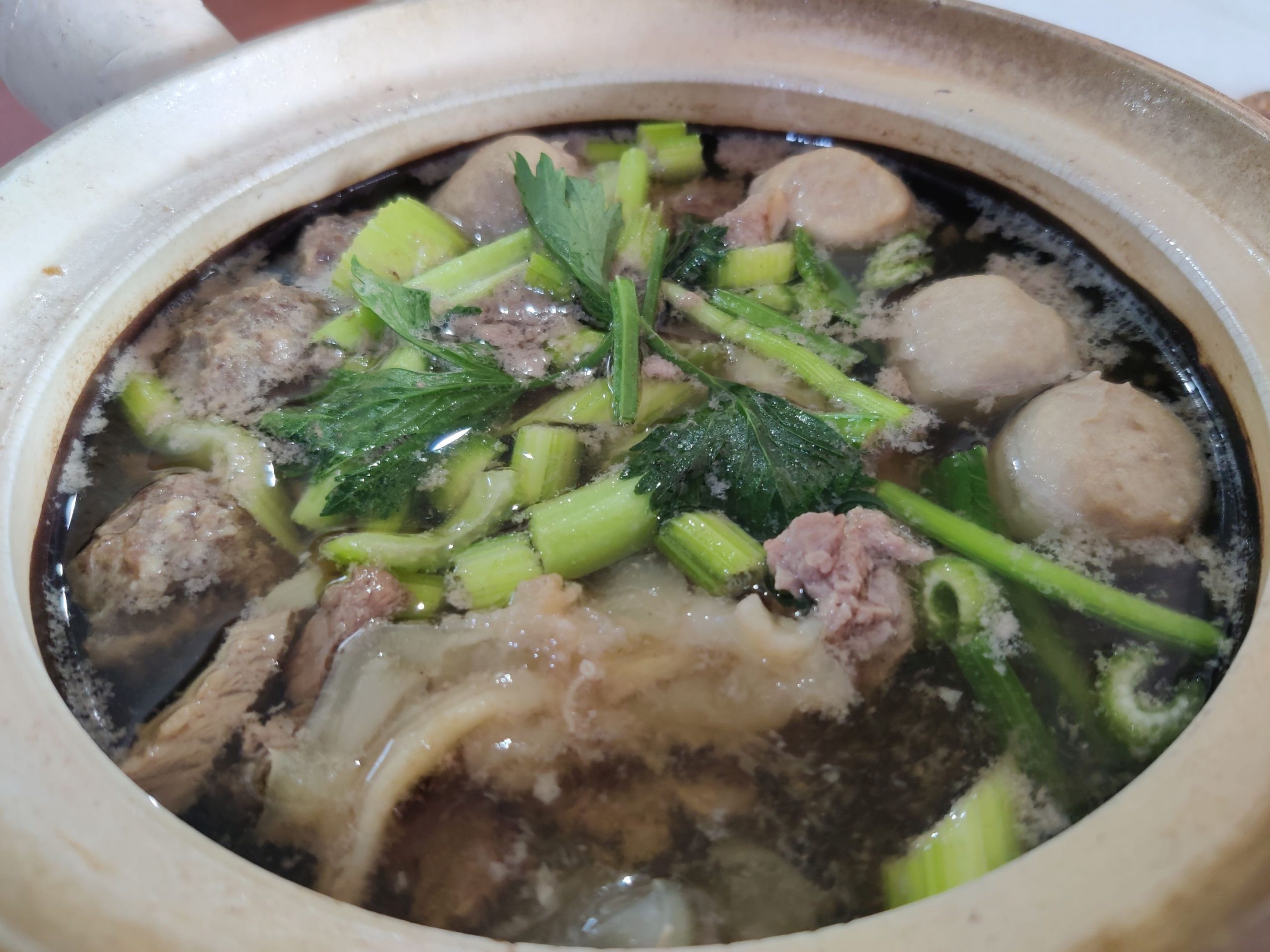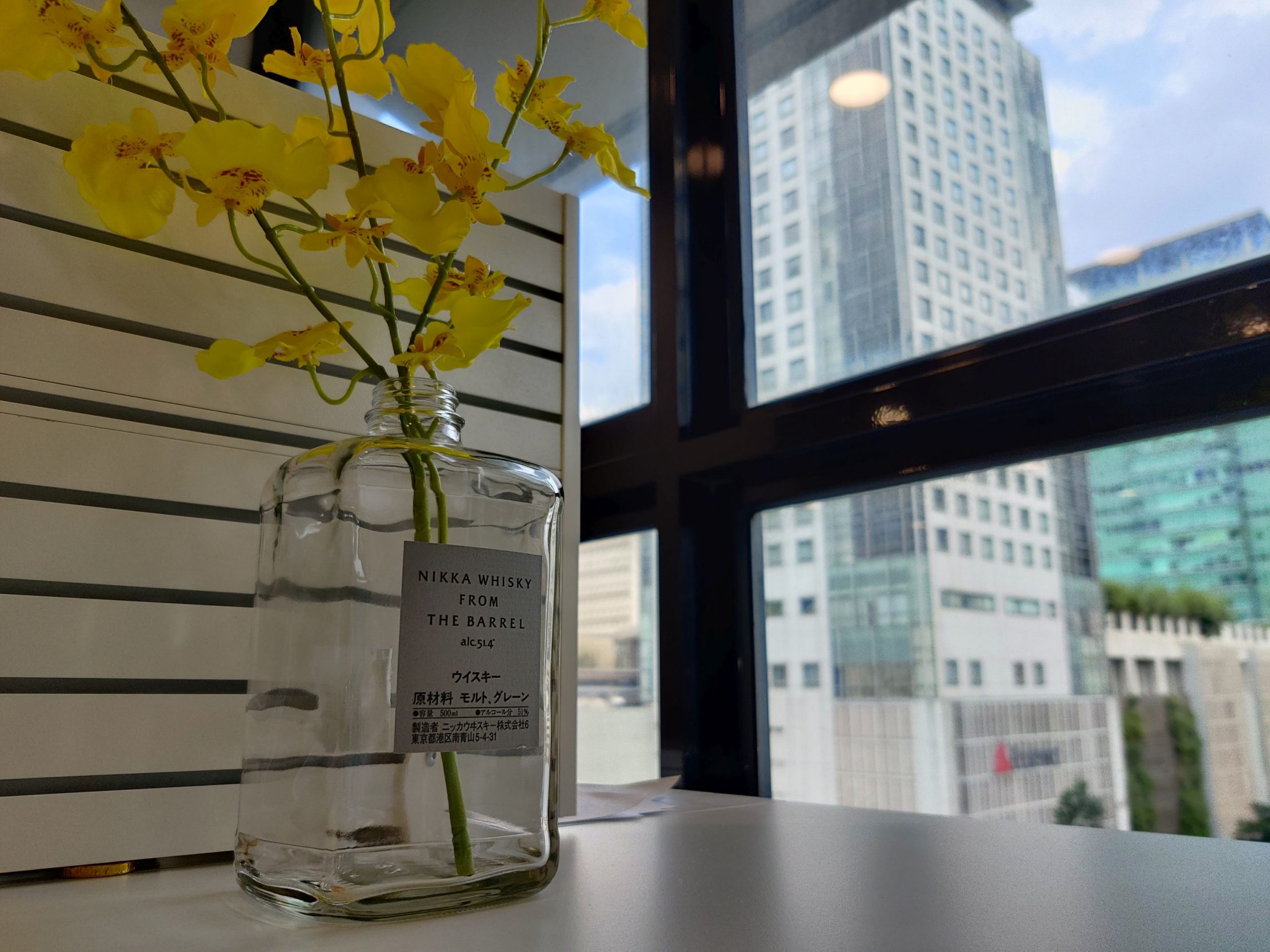The OnePlus 8 series has been out on the market for several months now. While the OnePlus 8 Pro has undoubtedly been all the rage and garnering praise, the non-Pro variant of the two still warrants consideration.
On that note, the OnePlus 8 is a phone that has me wondering whether it’s a brand new phone or a phone that is taking its cue from the previous OnePlus generation.
Specifications
Like the OnePlus 8 Pro, the OnePlus 8 ships out with the latest Snapdragon 865 SoC under the hood, along with a healthy amount of LPDDR4X RAM. As is the tradition with the brand, you can’t expand your storage with the phone, but the bare minimum of 128GB for its internal storage capacity is more than generous.
And while the OnePlus 8 doesn’t get the same dual 48MP setup as the Pro, there is still a 48MP Sony IMX586 sensor being housed within its triple-camera array. On another note, I personally like the accoutrement that comes with phone; you get two casings and what is pretty much an oversized manual. Detailing the phone’s design and innards.
Design
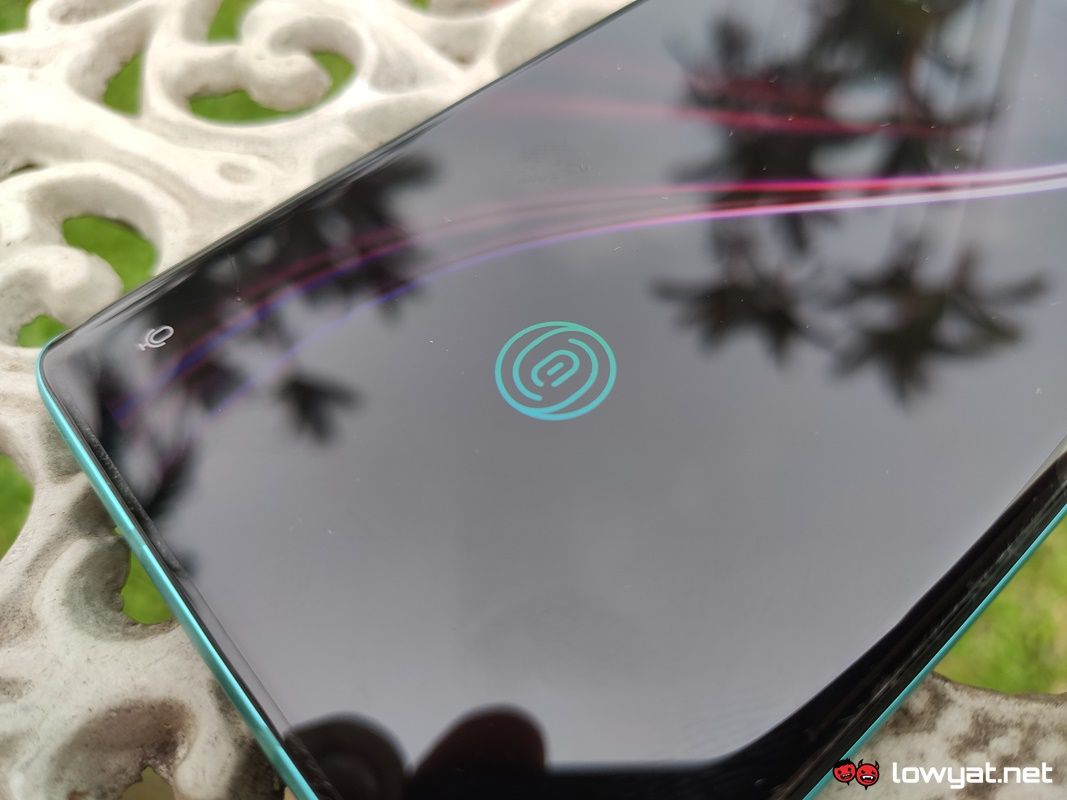
If your intention in getting a OnePlus device is purely for the unbridled performance and its once in a blue moon exclusive colour options, you’ll find yourself content with what’s on offer. If you’re in the market for a phone with an outlandish design and beyond the norm features, you may want to avert your gaze elsewhere.
Nothing to shout about from a design perspective.
In that regard, there’s really nothing out of the ordinary with the OnePlus 8’s design. The phone’s back is a minor exception here with the interesting colour options I mentioned earlier. On a side and related note: while Glacial Green is interesting, it’s the Interstellar Glow colour that I – and I’m certain many others do too – find more interesting and alluring.
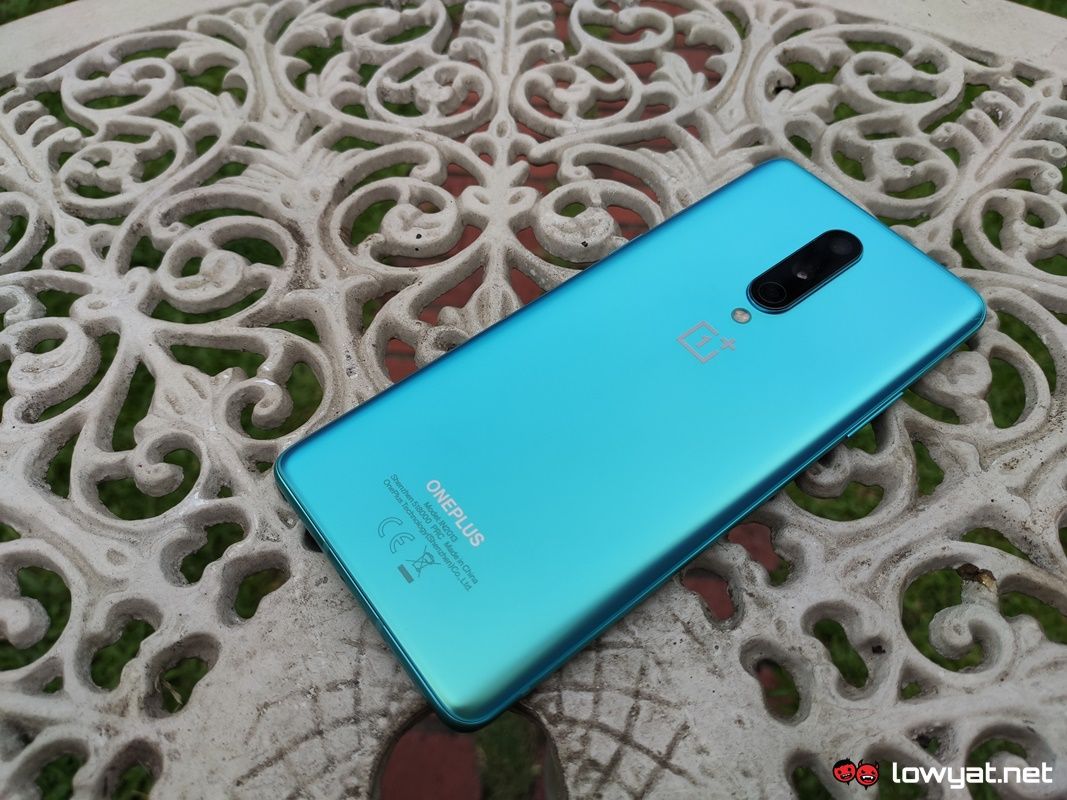
This year, OnePlus has made the decision not to embrace the motorised, pop-up camera featured on the OnePlus 7 Pro. And stick to the punch hole selfie camera that puts a hole directly in the display, just like the non-Pro version of the OnePlus 7 and 7T. Unlike those models, though, the punch-hole isn’t placed in the middle of the forehead, but rather, it’s situated to the left.
The Sandstone-textured phone case brings back a wave of nostalgia.
But while the OnePlus 8 won’t win any awards in its design, what does capture my attention are the phone casings the brand has so graciously provided with the phones. Specifically, the cyan-coloured one with the sandstone texture.
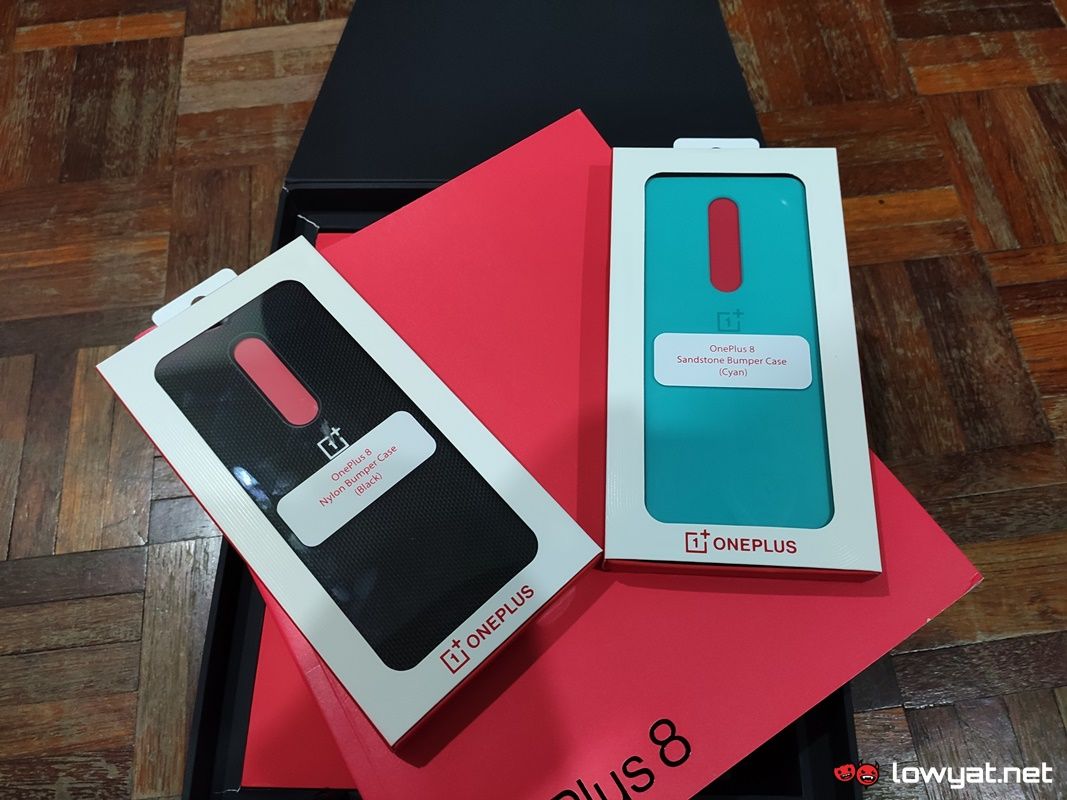
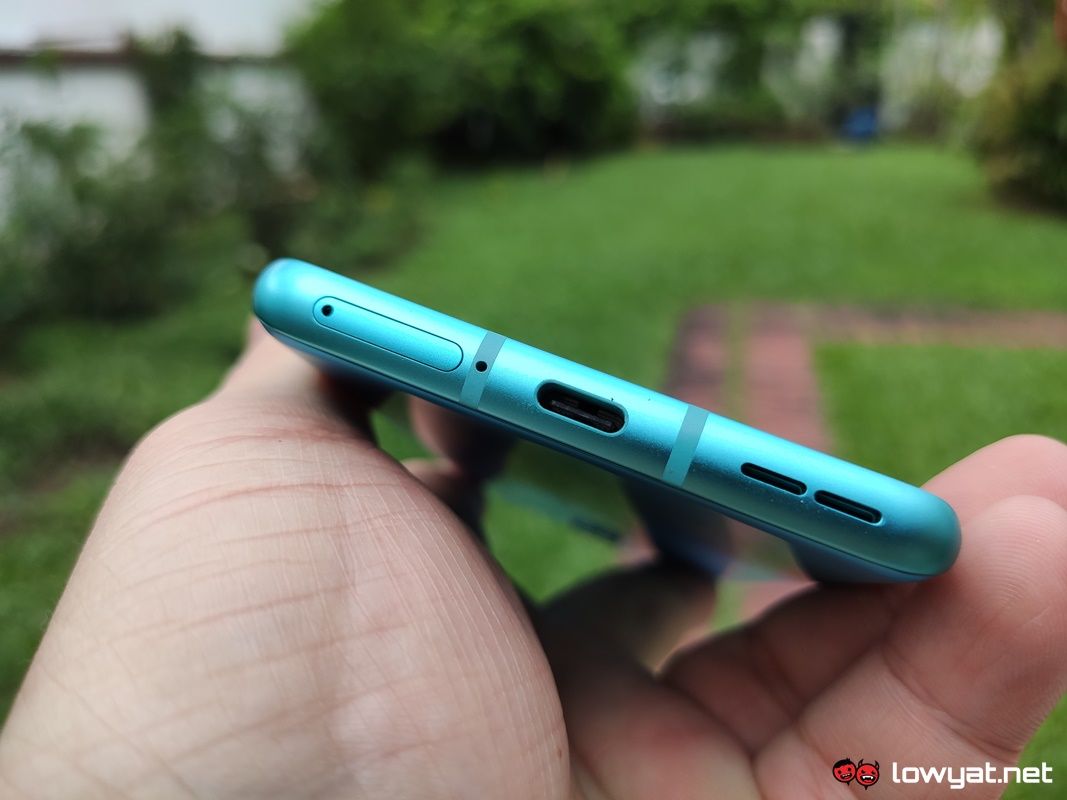
I remember using the original OnePlus when the brand first kicked off years ago and the abrasive back was the default texture of the phone. Like most smartphone features, it’s a minute detail, but one that gave the phone character.
On another note, the existence of a 3.5mm headphone jack is still absent, but on the plus side, the OnePlus 8 still comes with its parent company’s Warp Charge 30 fast-charging technology.
User Experience
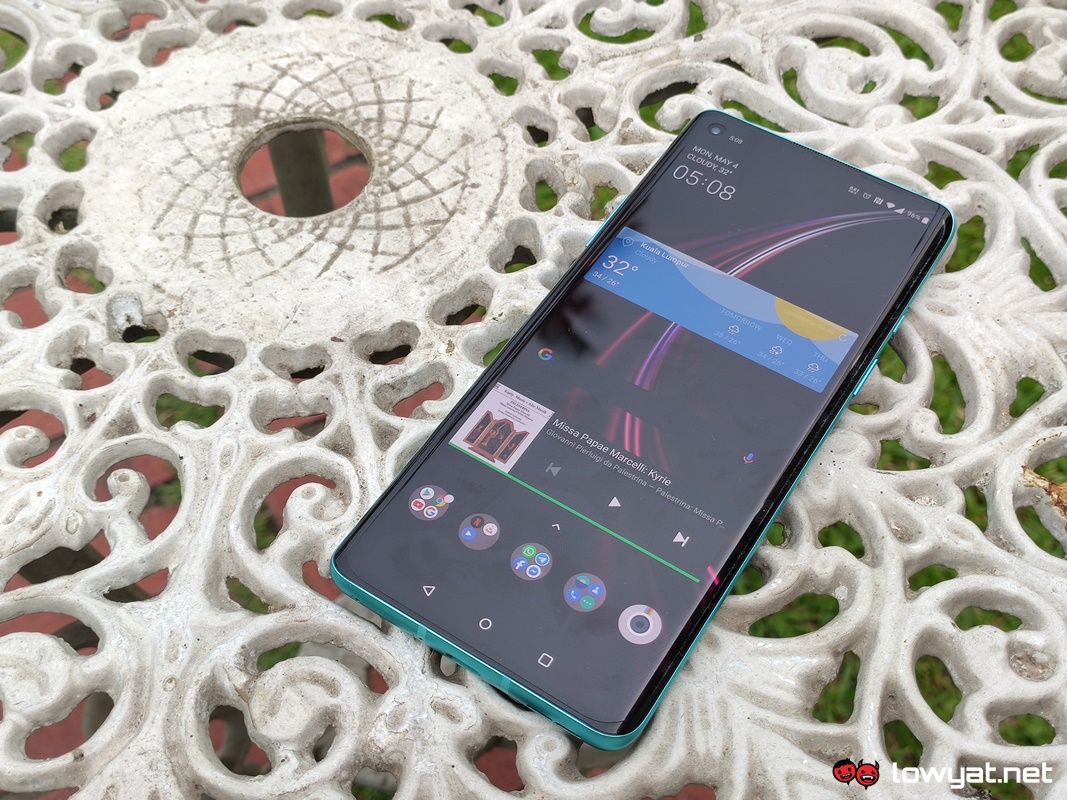
To reiterate what I have said at the start of this review, the OnePlus 8 is not a slouch by any measure of the term. Given the combination of the Snapdragon 865 and the 12GB LPDDR4X RAM, I would find deeply odd if the phone were to have sub-par performance.
OxygenOS is still good and the 90Hz display is easy on the eyes, literally.
On that note, OxygenOS is still very much an enjoyable experience, making every interaction on the OnePlus 8 a smooth and responsive experience. Apps open up in a blink of an eye, and the transition of switching between them is seamless. And then there’s the scrolling experience; thanks to its 90Hz refresh rate, scrolling through websites and the layout of just about every app feels buttery smooth.
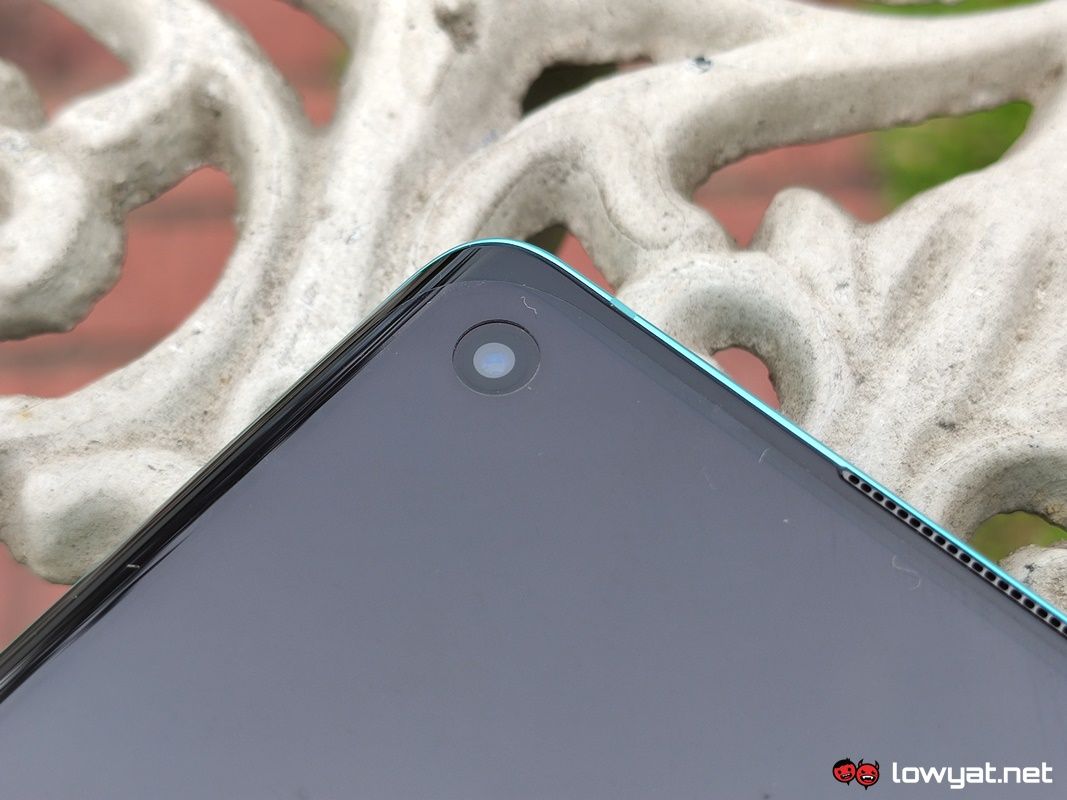
I do, however, have a couple of gripes. While I understand OnePlus’ intention for using a notched display instead of a motorised pop-up selfie camera to keep the phone light. And while the punch hole camera is relegated to the edge, it’s also “off-centre” from the edge. It bugs me ever so slightly, but I’m fairly certain people with OCD are going to take issue with it.
There’s also the issue of the display’s habit of cranking up its nits at random occasions, in turn causing my display to look a little bit washed out. To be fair, the issue could simply be an isolated case with my review unit and it’s possible that other units won’t actually have this issue. Having said that, I think I would also be remised if I did not remind you that the more premium OnePlus 8 Pro did find itself under the community’s gaze when report of its display began producing a green a tinge when its display’s brightness was turned way down.
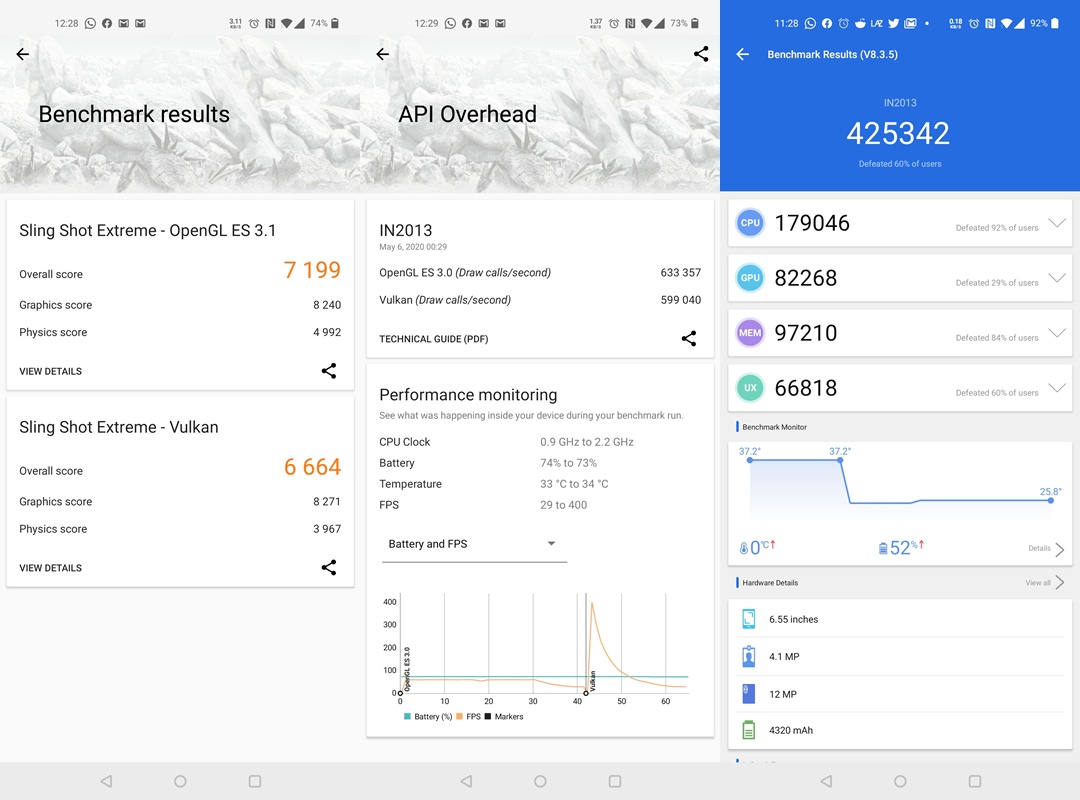
Gaming mode has also returned, allowing users to silence notifications while playing their favourite mobile titles, but is more discreet in its application. It’s a nifty feature to have onboard, but I don’t find myself using the feature often, on account that I rarely game on the phone. Even when I do engage in the activity, the titles I happen to play are not graphically demanding to begin with.
Battery life can be summed up in one word: Outstanding.
The OnePlus 8 also continues the tradition of battery longevity from its predecessor, and how. With the 4300mAh and using it as my daily driver, I find myself floating towards a charging port after approximately a day and a half. Sometimes even two days, but only if I’m really being conservative. On a full binge on Netflix, YouTube, the phone is able to continuously stream my video content just shy of eight hours.
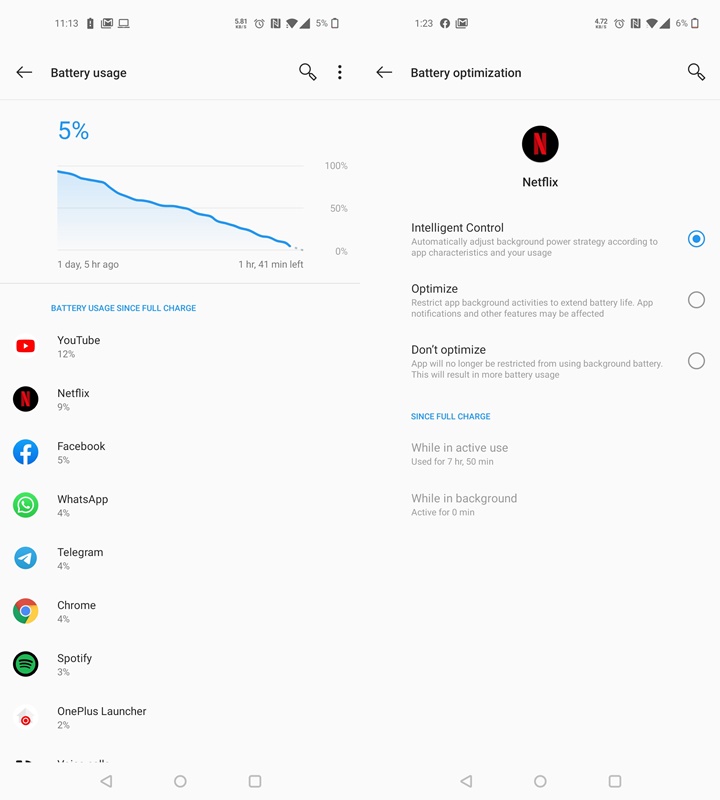
As always, charging the OnePlus 8 with the brand’s proprietary Warp Charge 30 cable and socket means that I am able to go from single-digit battery life to 100% in less than an hour. Of course, this is assuming that you’ve got proprietary charger on you at all time, in which case, you’re looking at approximately a little more than an hour or charging, and that’s if you’re using a charger supporting Qualcomm’s Quick Charge technology.
On a quick note; while the OnePlus 8 does come with 5G support, I am sadly unable to provide any feedback on this. Primarily because I have no access to the network.
Camera
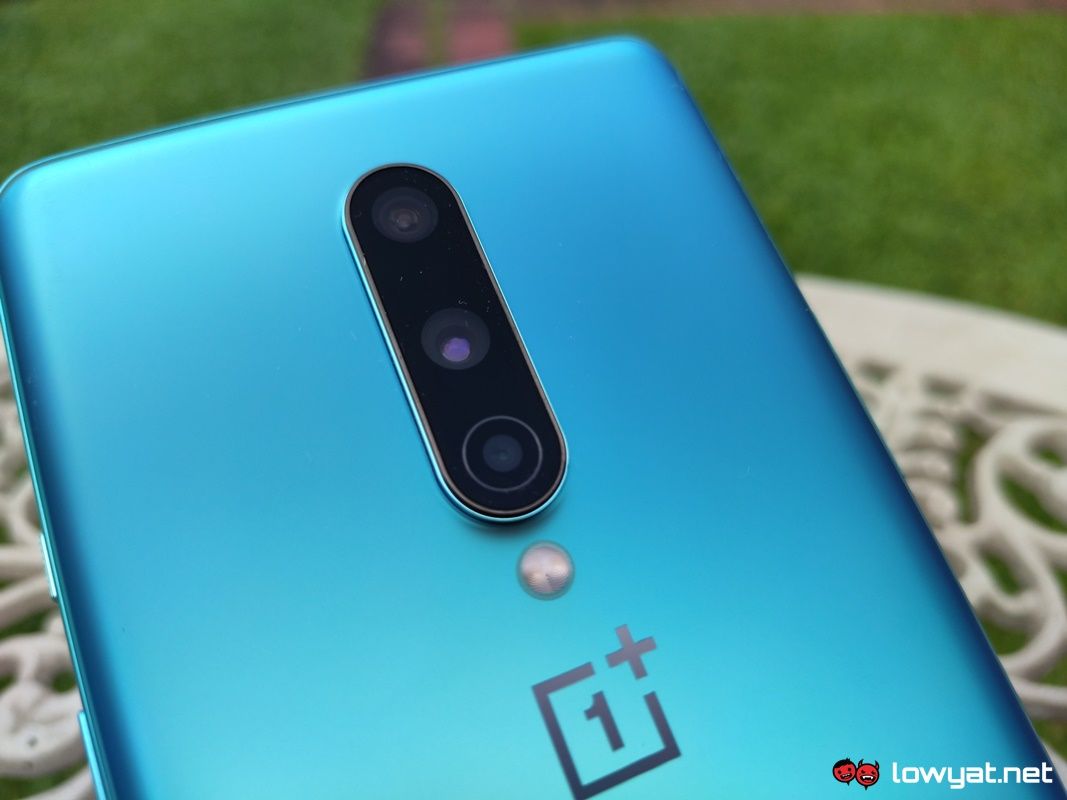
While it does not have the same dual 48MP quad-camera module as the OnePlus 8 Pro, there’s little evidence to suggest that the triple-camera main array of the OnePlus 8 is not a serviceable shooter. As I mentioned in my hands-on, OnePlus clearly heard the cry of the people and finally given users the ability to shoot using the full brunt of the 48MP Sony IMX 586 sensor.
This also means that, for the first time on a OnePlus device, I have a choice: shooting in the OnePlus 8’s default 12MP mode means that shots captured have better dynamic range, meaning that images look more vivid and colours pop out. Switch over to 48MP, and the pictures you take retain considerably more detail, albeit with a more restricted dynamic range.

 Whatever the choice, though, I am happy to report that the final product of the OnePlus 8’s triple camera main array is still impressive. As a plus point, even without engaging the onboard macro shot mode, I am able to take some very clear and detailed close-up shots.
Whatever the choice, though, I am happy to report that the final product of the OnePlus 8’s triple camera main array is still impressive. As a plus point, even without engaging the onboard macro shot mode, I am able to take some very clear and detailed close-up shots.
Sample Images
Competition
So, the OnePlus 8 clearly has all the trappings of a high-end smartphone, along with an initial price tag of RM2899 to match the hardware. At that price, there are some options that can be considered, naturally.
Xiaomi Poco F2 Pro
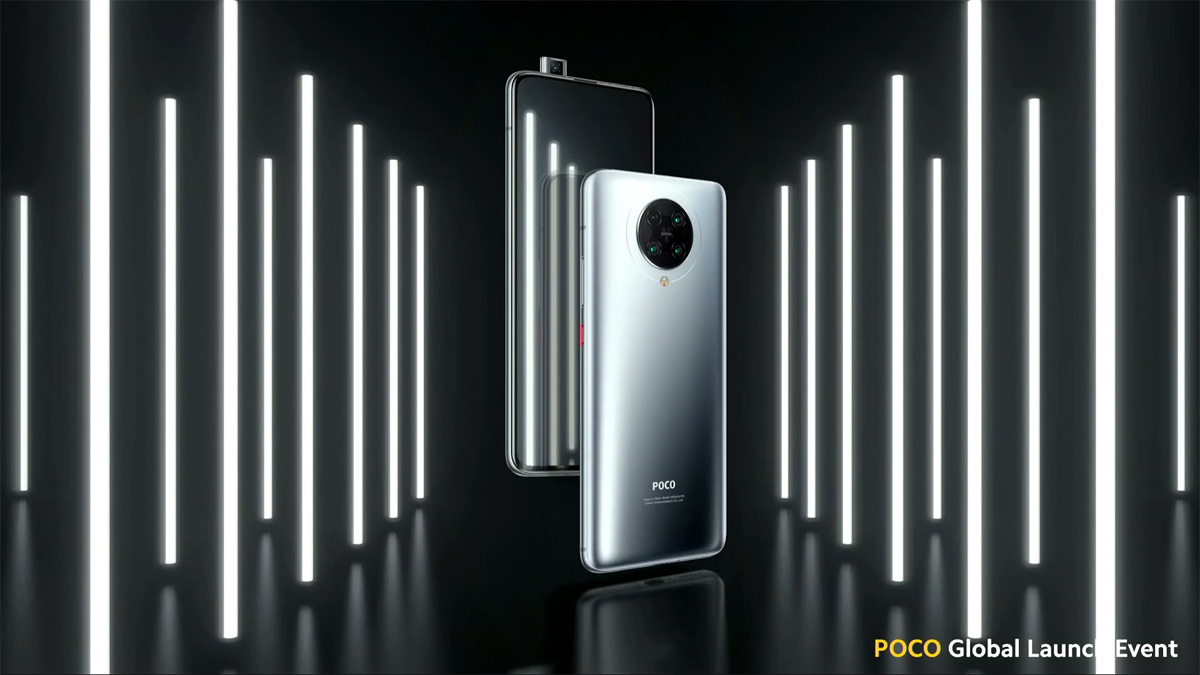
The Xiaomi Poco F2 Pro is one of the follow-ups to the original Poco F1 that launched back in 2018. I say “one of” simply because the phone is part of a two-piece ensemble that recently made it debut earlier in the month.
Dubbed the “flagship killer” of high-end smartphone for this year, the Poco F2 Pro is fitted with Qualcomm’s Snapdragon 865 SoC, up to 8GB LPDDR5 RAM, and a maximum internal storage of 256GB. It’s main camera system one extra sensor over the OnePlus 8; it comprises a 64MP Sony IMX686 main, a 13MP ultra-wide, 5MP telemacro, and a 2MP depth sensor
Around the front, the Poco F2’s 6.67-inch Full HD+ display only has a refresh rate of 60Hz, but Xiaomi has bumped up the touch sampling rate to 180Hz. Oh, and it’s also 5G-ready. As for the price, we’ll just have to wait until later today to find out.
Xiaomi Mi 10 5G
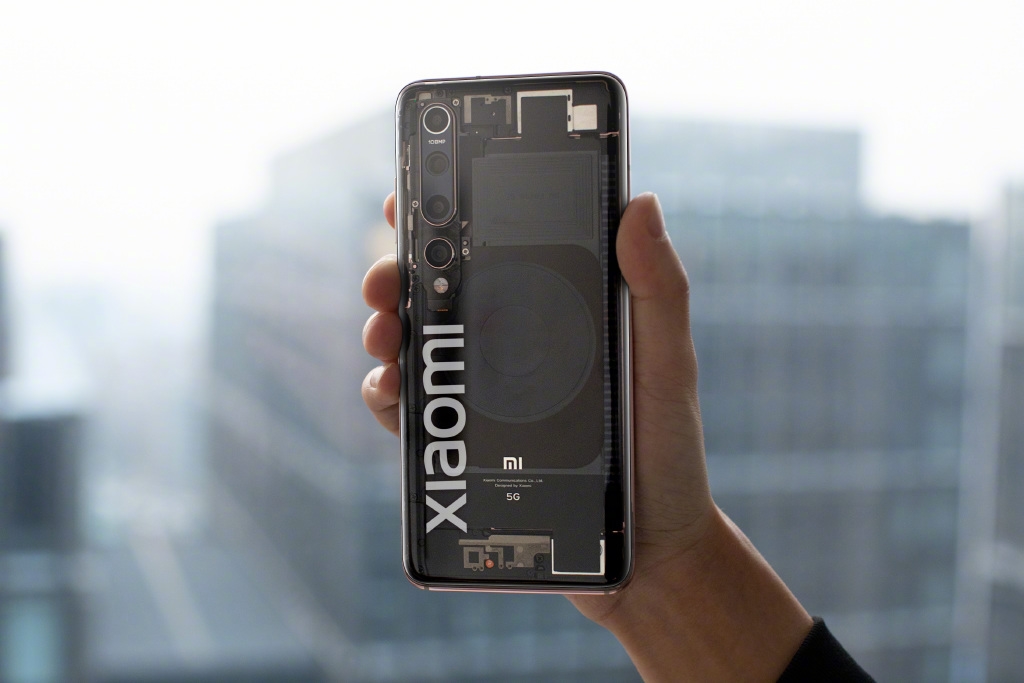
The Xiaomi Mi 10 5G makes the competition list main because of its similarity in price, but also for some of its features. It’s starting SRP is nearly identical to the OnePlus 8 at RM2799, but at that price, you get 8GB LPDDR5 RAM and 128GB of storage. Further, the 6.67-inch Full HD+ display also has the same 90Hz refresh rate as the competition.
It’s the phone’s main camera that makes it a compelling argument against the OnePlus 8; instead of 48MP Sony IMX586, the main quad-camera module houses 108MP main sensor from Samsung, a 13MP ultra-wide, a 2MP depth sensor, and a 2MP macro lens. Oh, and it also supports 30W fast-charging, both wired and wirelessly.
Conclusion
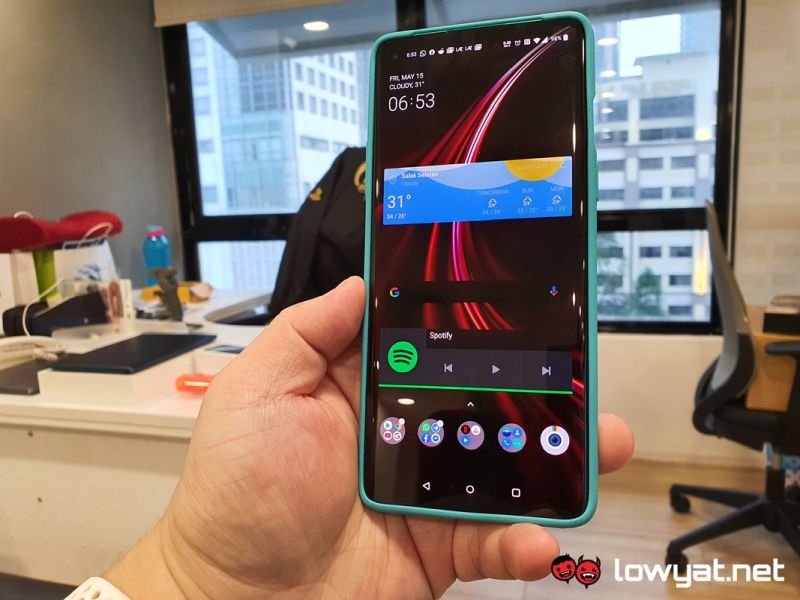
At RM2899 for the base model, and considering the options out there, recommending the OnePlus 8 can be a little difficult. Frankly speaking, using the phone reminded me a lot of the OnePlus 7 Pro I reviewed last year. It feels just as a high-end, premium smartphone should, but therein lies a problem; it’s a phone that seems to play it safe and because of that, it does feel somewhat lacking in excitement.
The OnePlus 8 is still a top-notch phone with a top-notch camera.
But, as I’ve said throughout the review, the OnePlus 8 is still a premium device through and through, and still worth the consideration. It’s still loaded with the latest chipset, a tried and tested main camera system, and above all else, an operating system that receives regular updates from its manufacturer.
Follow us on Instagram, Facebook, Twitter or Telegram for more updates and breaking news.


